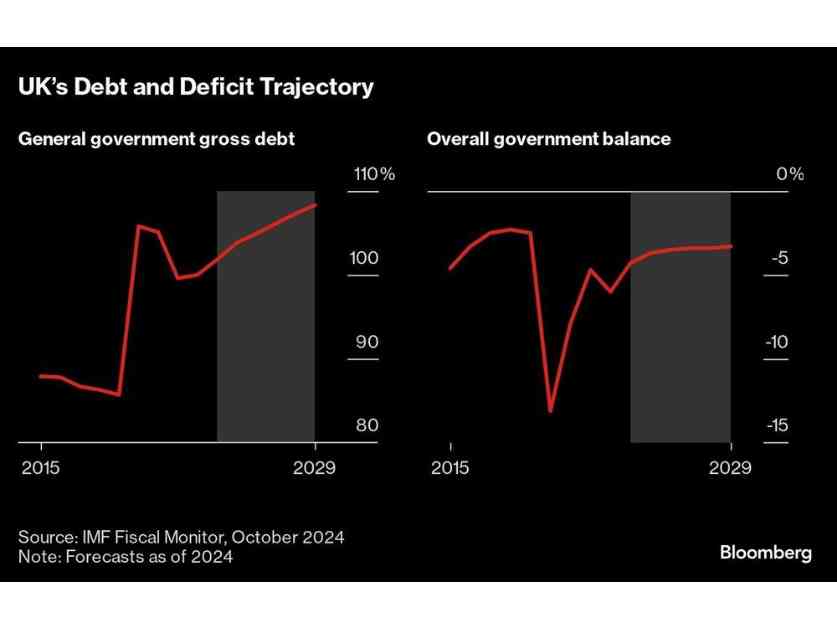A week before Federal Reserve officials gather to reflect on the appropriate tempo of interest-rates cuts, three high-profile reports are set to show underlying resilience in the US economy and a temporary hiccup in job growth.
Friday’s employment report is expected to show a modest 110,000 increase in payrolls, reflecting hits to the labor market from two hurricanes and a work stoppage at Boeing Co. The unemployment rate is forecast to hold at 4.1%.
Economists expect Fed policymakers to discount these temporary factors and lower rates a quarter percentage point at their Nov. 6-7 meeting. While officials are confident that price pressures are generally abating, a separate report is forecast to show the central bank’s preferred gauge of underlying inflation accelerated at the end of September.
The personal consumption expenditures price index, excluding food and energy costs, is seen rising 0.3%, the most in five months. The report on Thursday is also expected to show consumer spending and personal income strengthened in September from a month earlier, indicating momentum in the economy.
On Wednesday, the government will issue its first estimate of third-quarter gross domestic product, with forecasts calling for a solid 3% annualized pace. In addition to robust consumer spending, GDP was likely bolstered by a pickup in business outlays for equipment.
Other reports this week include September job openings, third-quarter employment costs, and October consumer confidence. The Institute for Supply Management will also release its October manufacturing index.
In Canada, GDP data will show if the economy is on track to hit the Bank of Canada’s forecast of 1.5% annualized growth in the third quarter. Bank of Canada Governor Tiff Macklem and his colleague Carolyn Rogers will speak to lawmakers about that decision.
In Europe, hard data will be released this week that the European Central Bank will use to tailor its next easing move in December. Third-quarter GDP numbers are anticipated to show the economy sustained a 0.2% pace of growth, with Euro-zone inflation predicted to have quickened slightly to 1.9%.
Overall, economic indicators from various regions around the world are setting the stage for potential policy moves and shedding light on the current state of the global economy. It will be interesting to see how central banks and policymakers respond to these reports in the coming weeks.






















